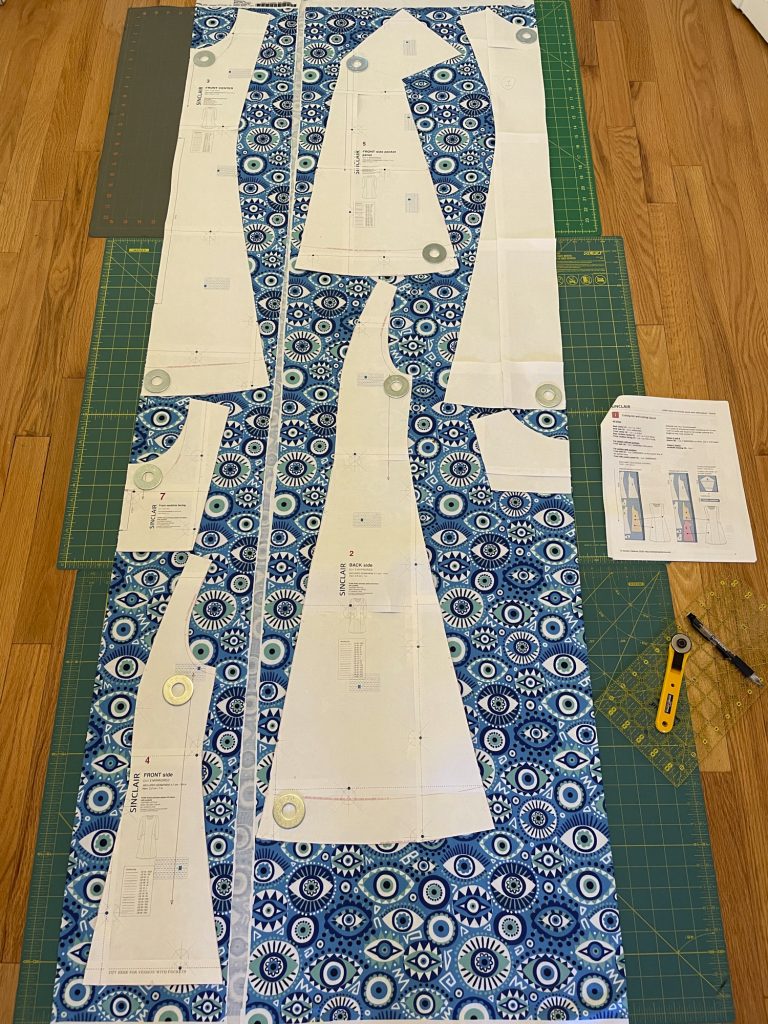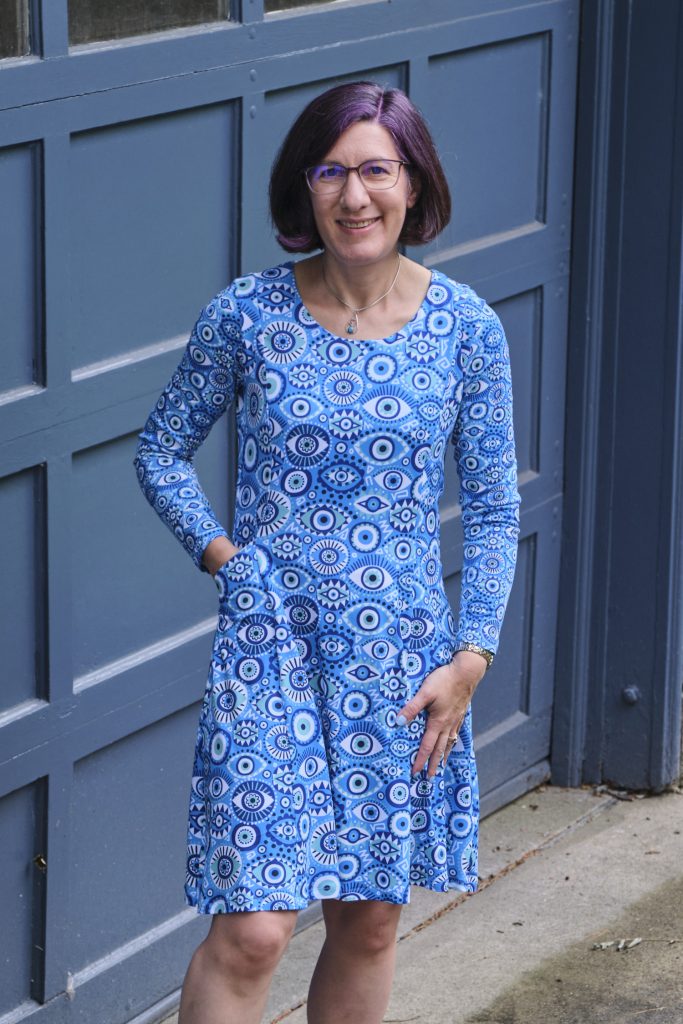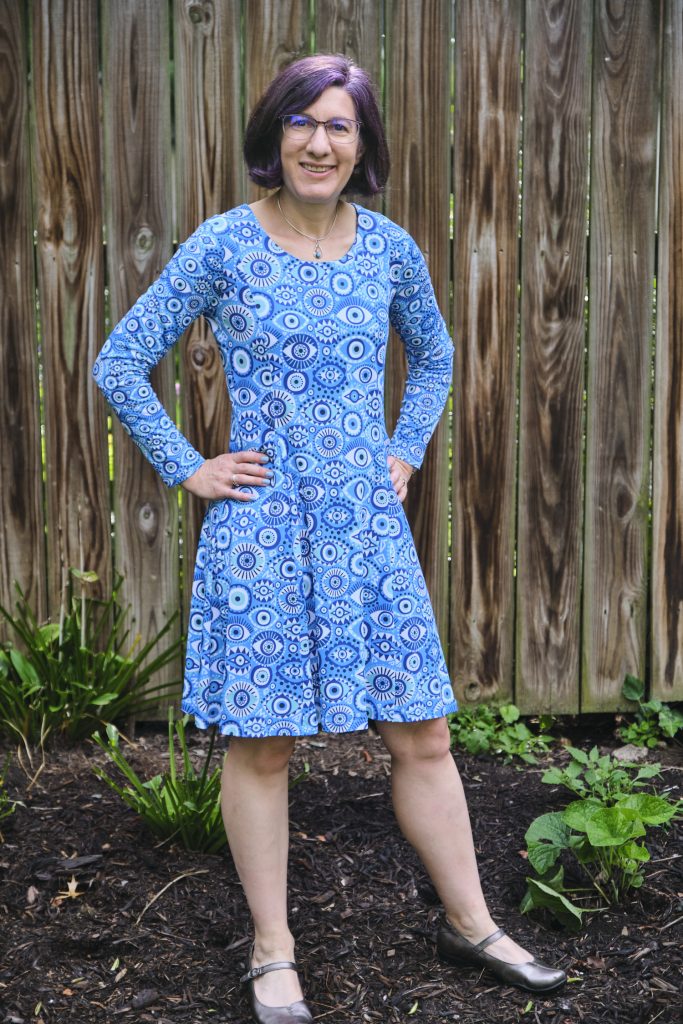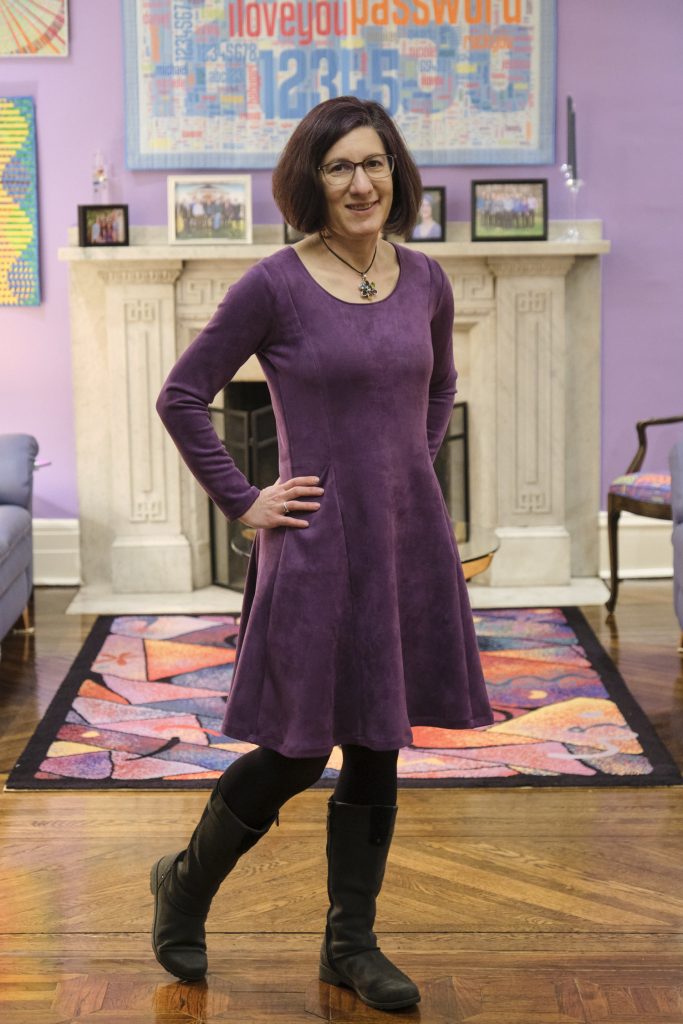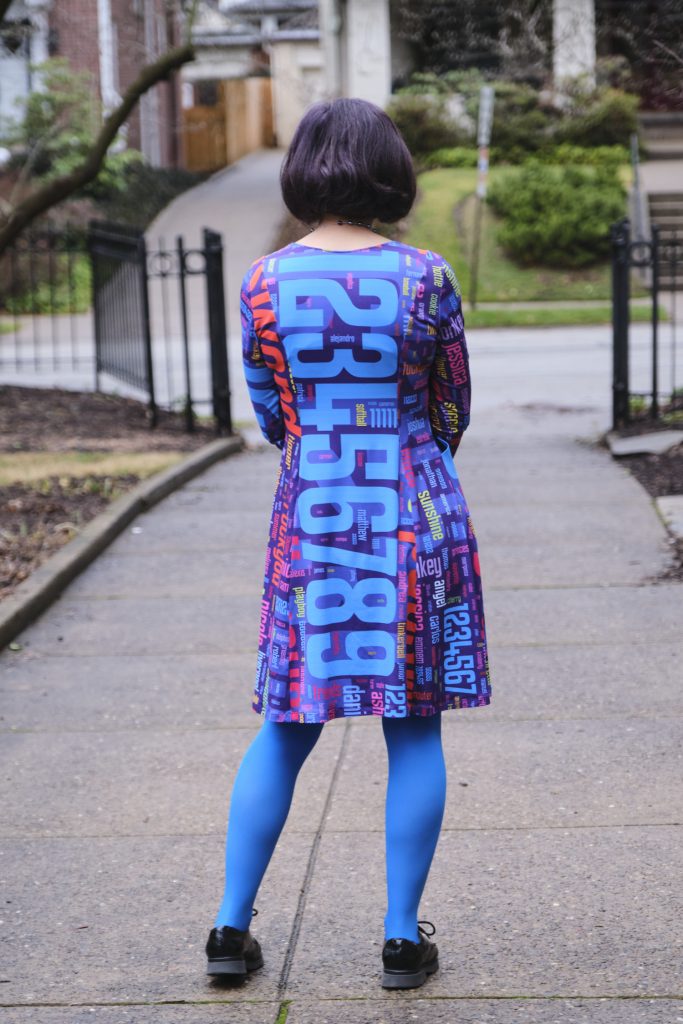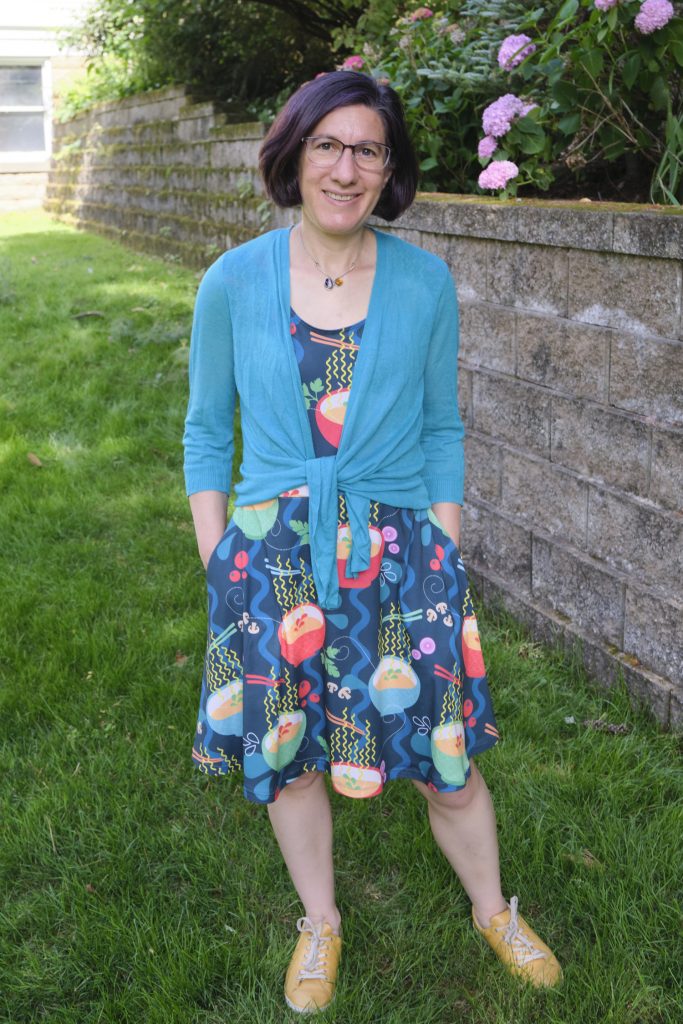The American Computer and Robotics Museum sponsored the Stibitz-Wilson Awards, so they invited all the 2025 award honorees and guests for a guided tour of the museum, given by the museum president, Barbara Keremedjiev. Barbara was a very knowledgeable tour guide who talked about the museum collection with great enthusiasm and passion. I was excited to see some familiar computers and toys from my childhood in the collection. My elementary school had a PET. We had an early PC, a luggable, and a Sinclair at home. My high school had Apples and a lab of original Macs. I also had a Simon game, which I used as part of a science fair project.
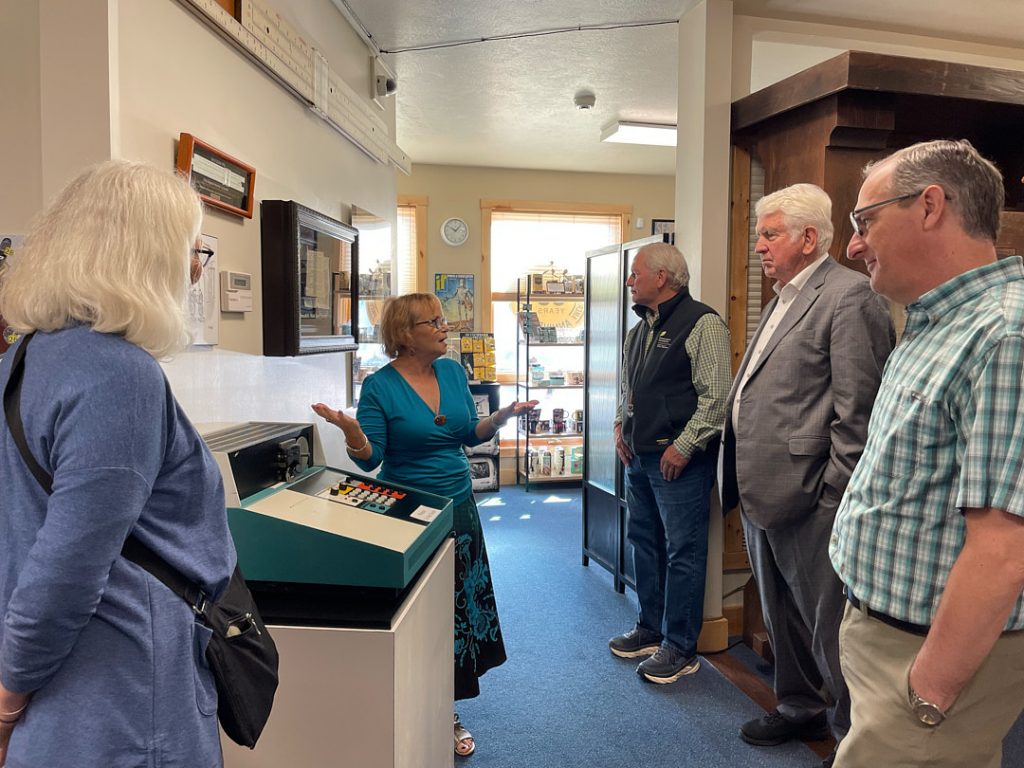
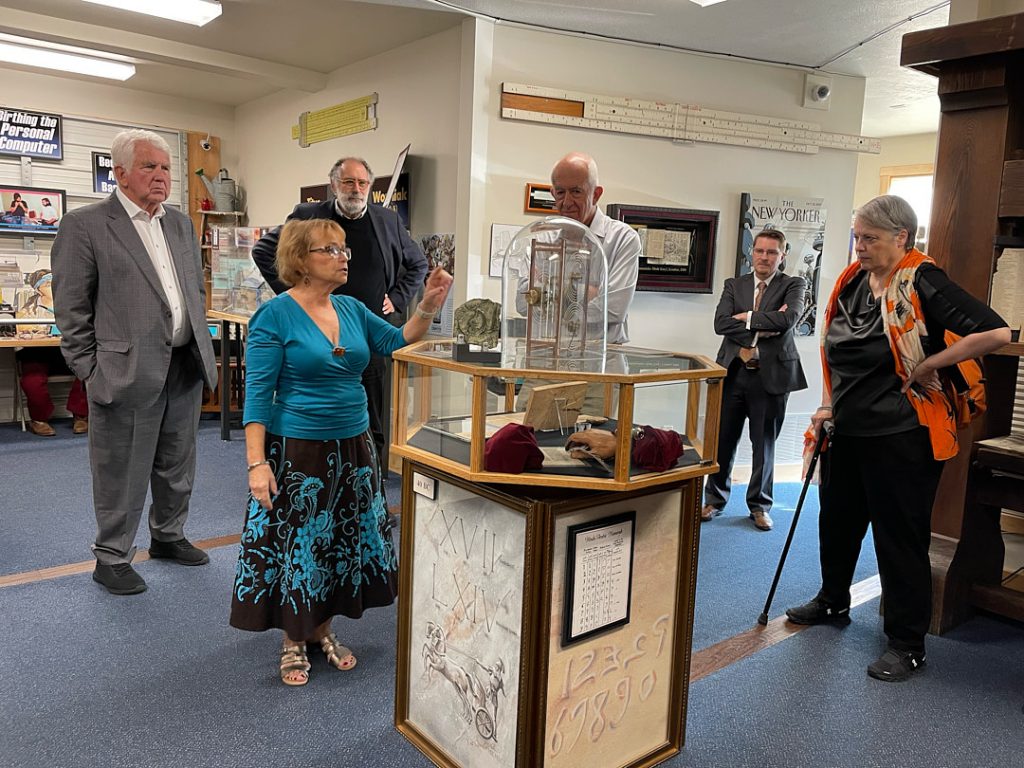
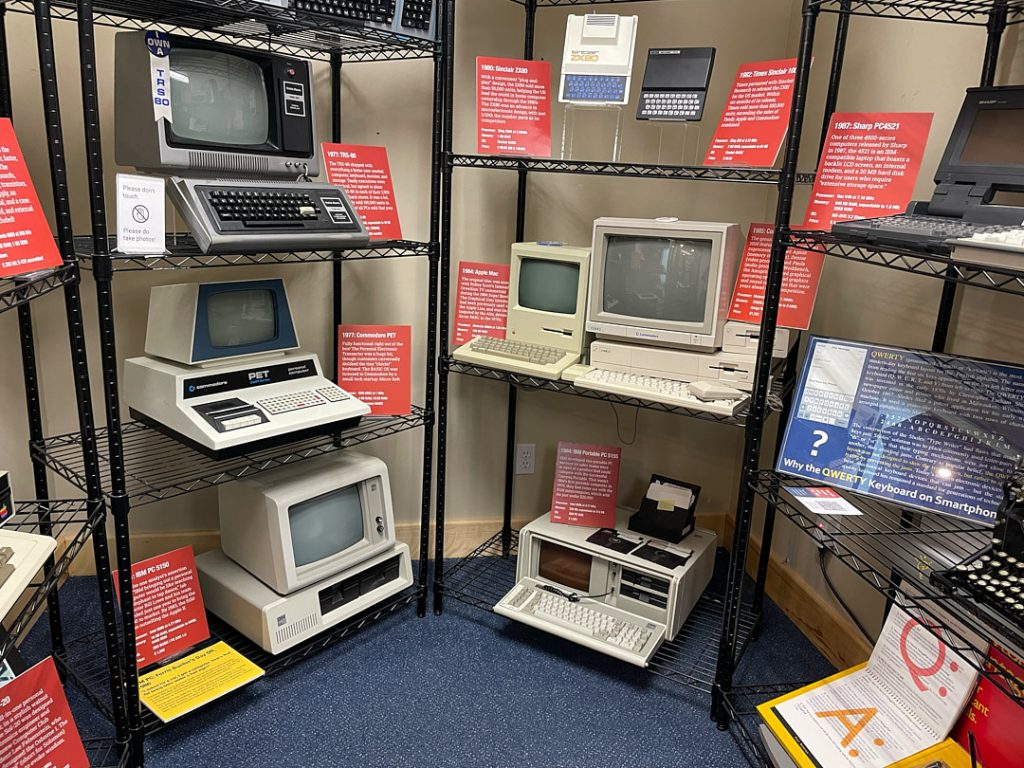
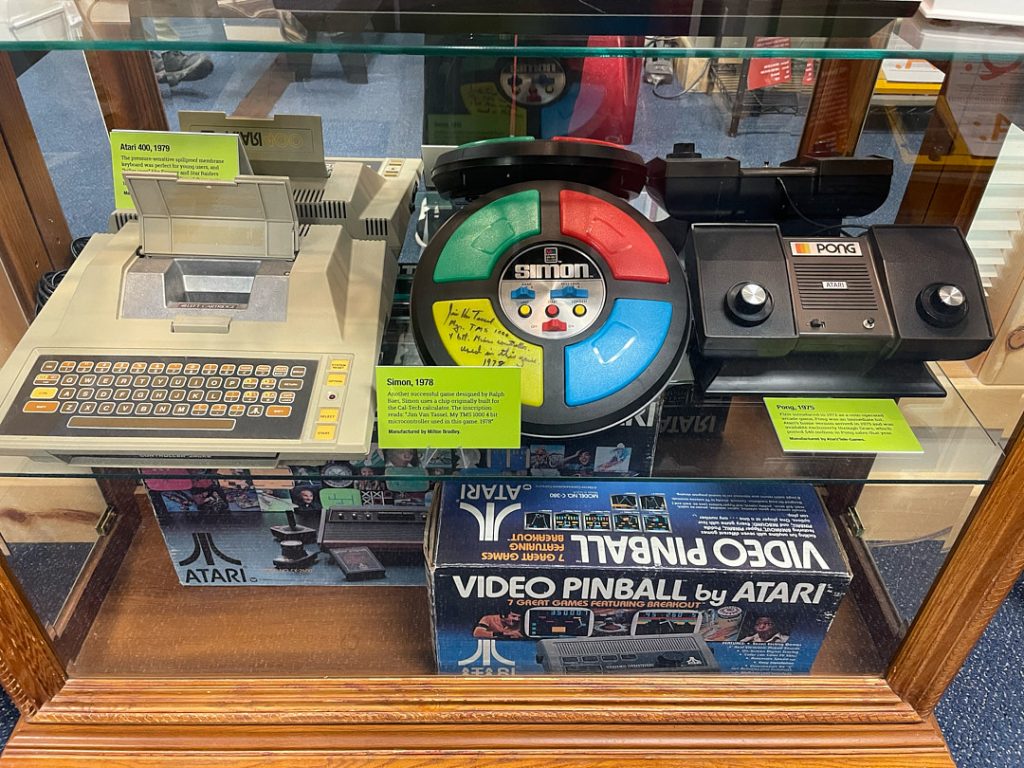
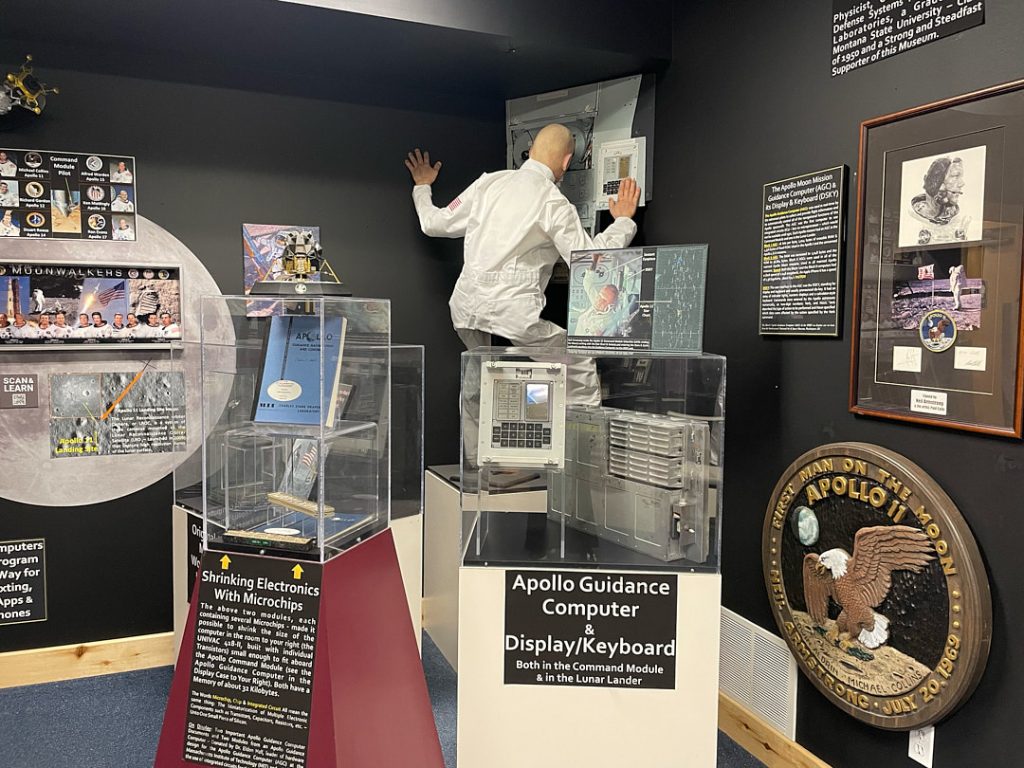

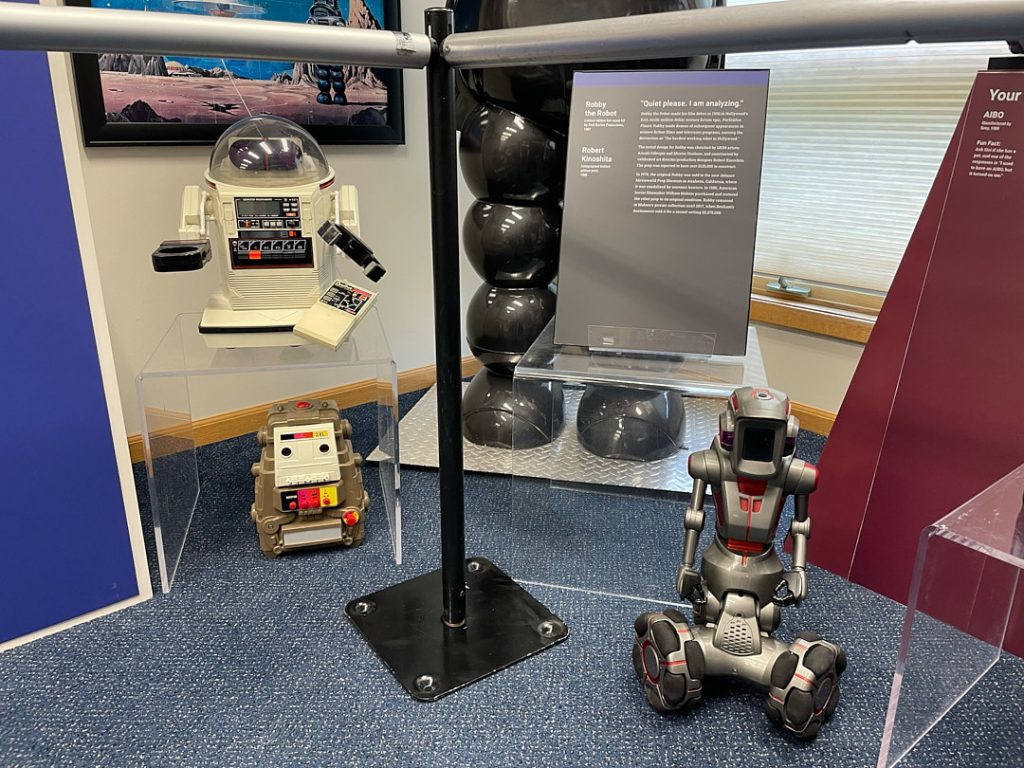
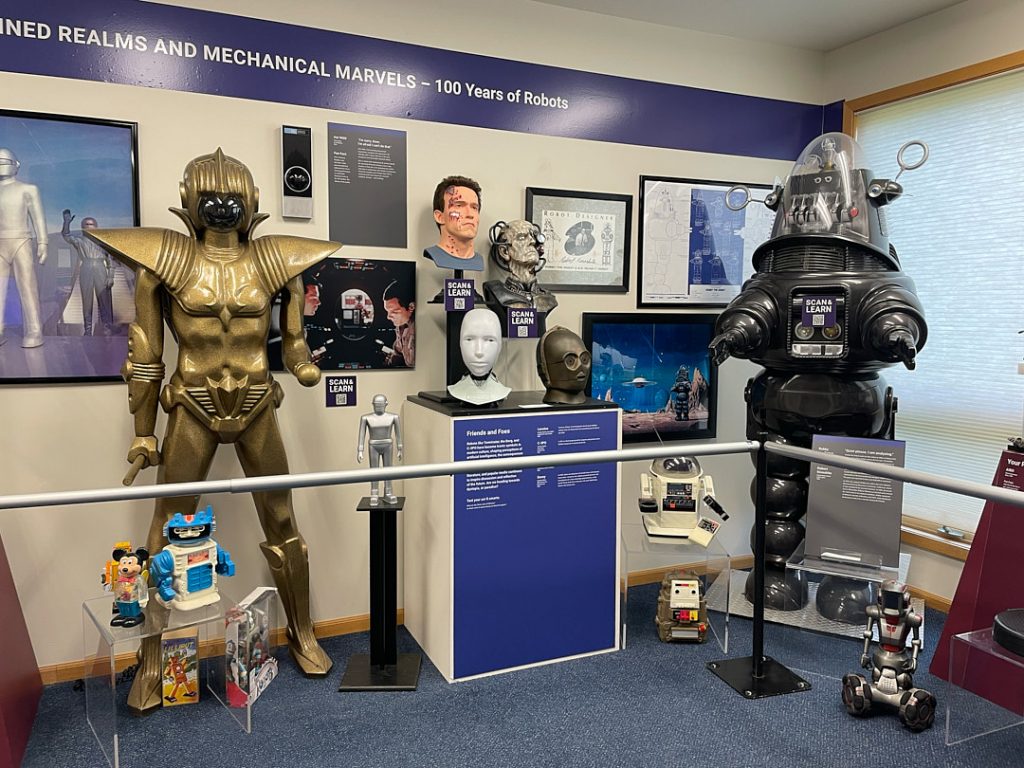
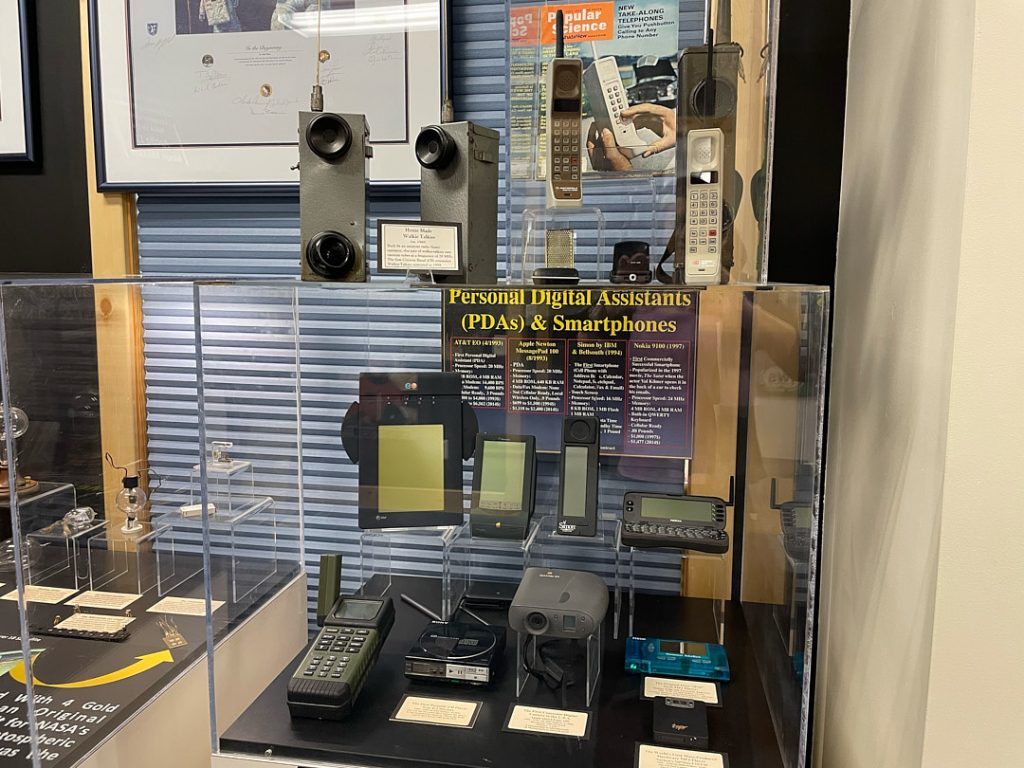
After the museum tour we went to Montana State University for lunch with the new university president, Brock Tessman (he’s on the left side of the bottom photo).
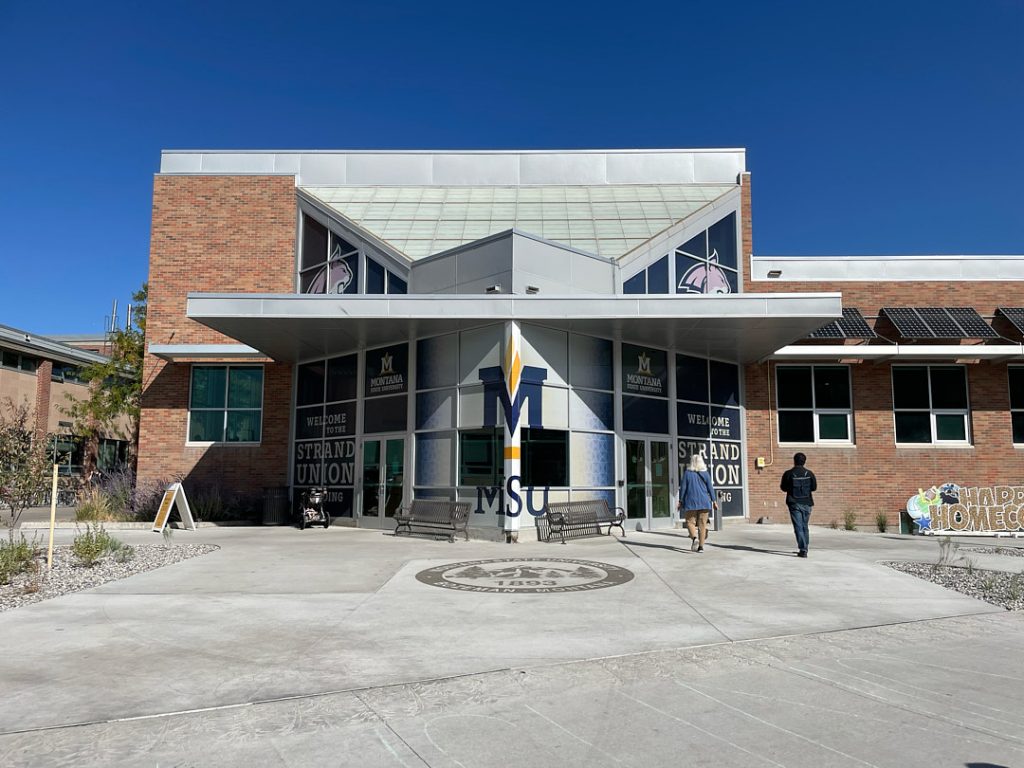

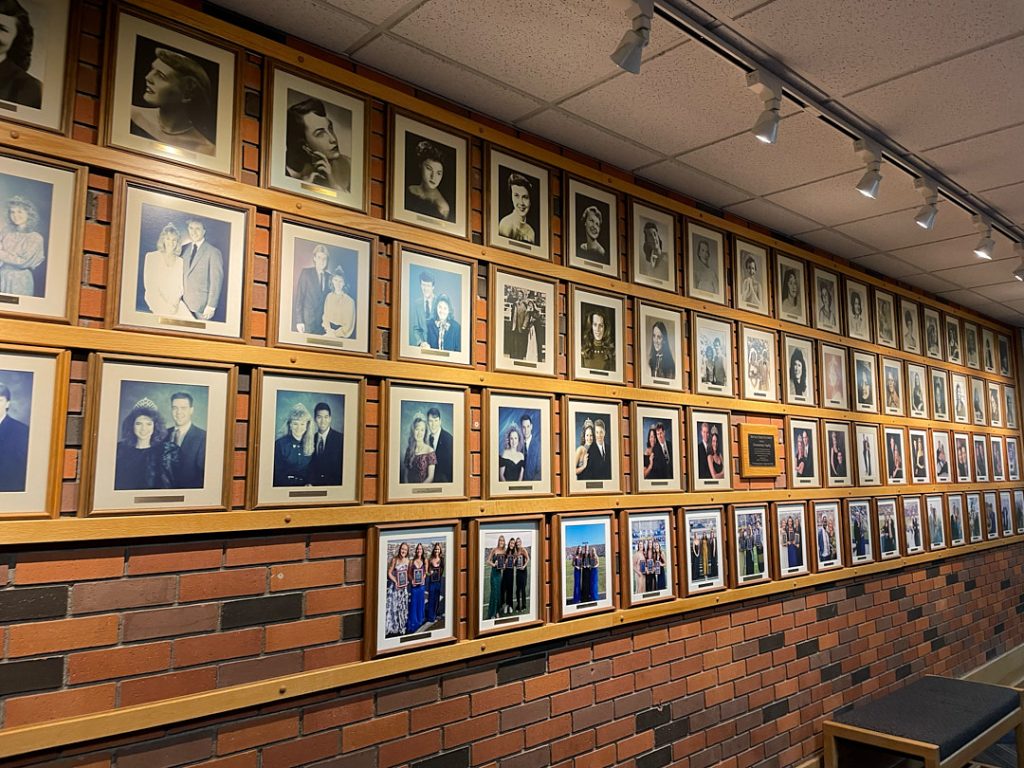
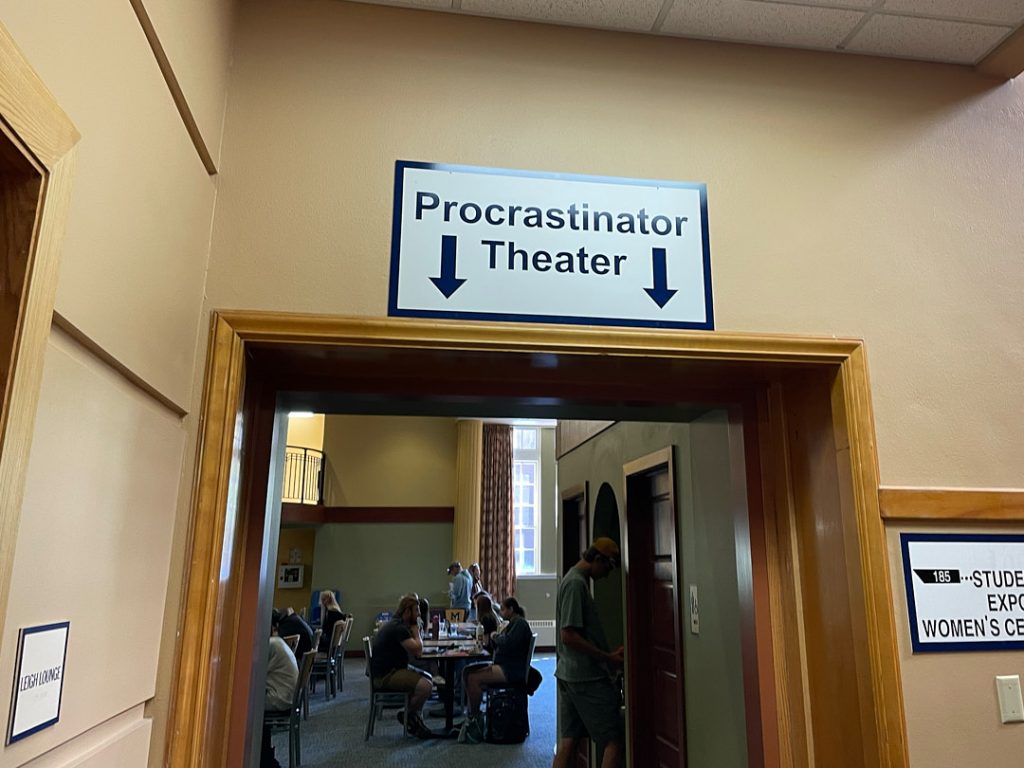

We spent some time exploring Main Street in Bozeman, which had a banner across the street advertising the awards ceremony. There were lots of bars, outdoor stores, tshirt shops, and some ice cream shops and nicer restaurants. While we were wandering around I checked Google maps for the nearest fabric store and discovered one about 300 feet from where we were standing — I hadn’t noticed it because there was scaffolding in front of it for some construction. So I declared a fabric emergency and we immediately headed to the fabric store. It was a good sized store with a lot of quilting fabric. I was impressed that they had commissioned their own Yellowstone batik fabrics in several color ways. So I had to buy some as a souvenir.
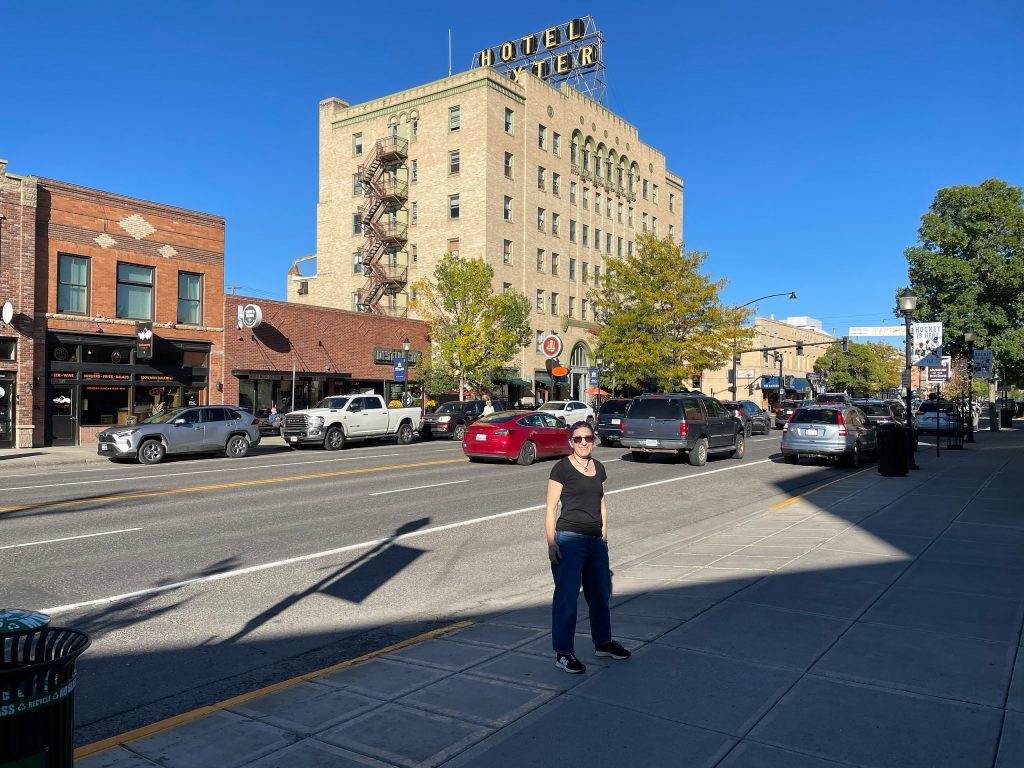
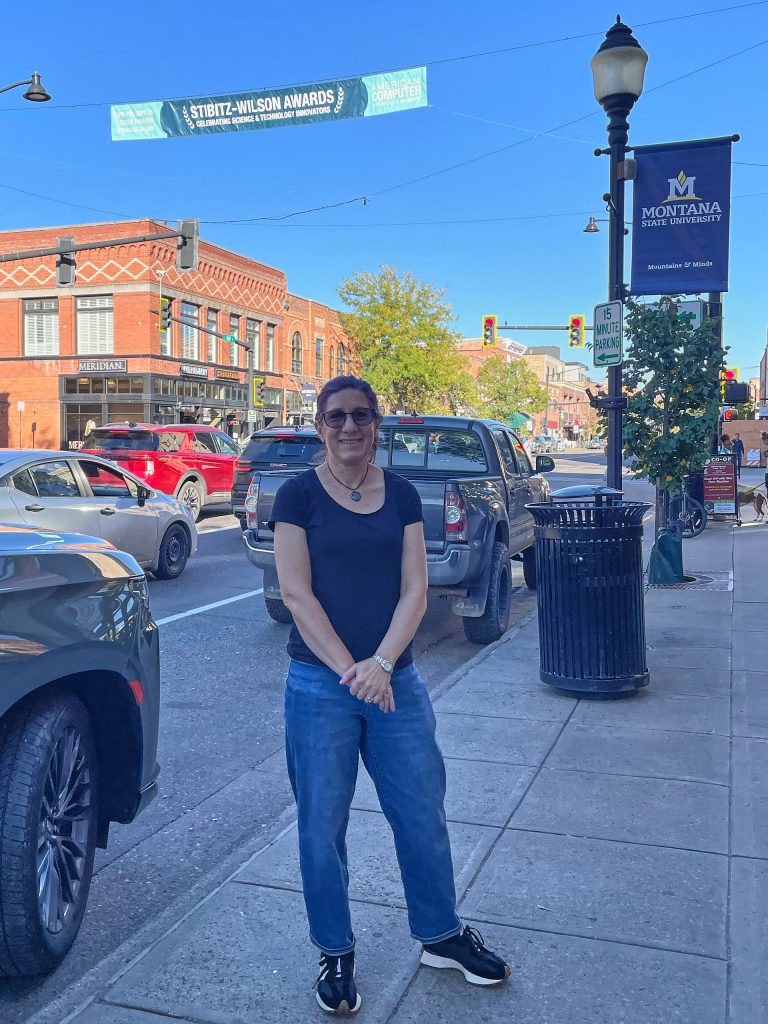
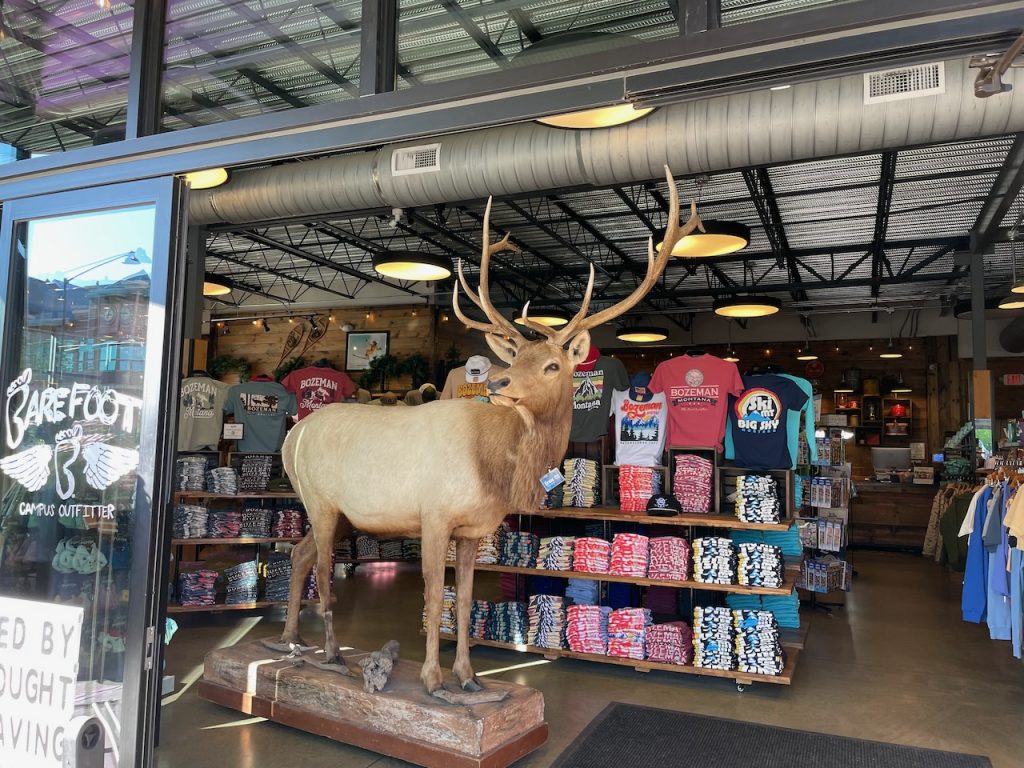
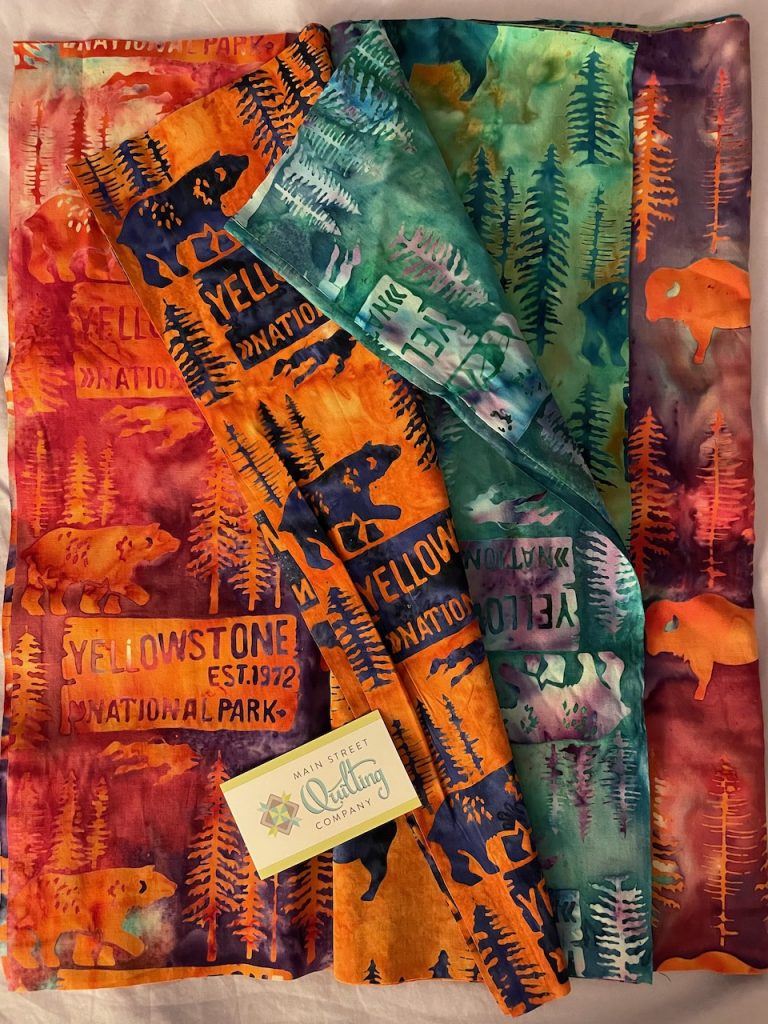
The awards ceremony was held that evening at the Ellen Theater on Main Street. I wore my passwords ball gown and Chuck wore his matching passwords tie. Each honoree was invited to give a 15-minute presentation about their research. We had to send our slides in advance and the museum director was a bit concerned when I sent her 65 slides for a 15-minute talk. So we compromised on 50 slides, and I did finish my presentation in just under 15 minutes, briefly discussing my work on passwords, privacy notice and choice, and the art of privacy. It was fun hearing from the other honorees as well. Yasmin Kafai and Mitch Resnick both talked about their work teaching creative computing skills to children. They were both involved in the development of the Scratch programming language (which was very popular with my children). Serge Belongie and Pietro Perona helped build Visipedia, which underpins iNaturalist and the Merlin Bird ID apps.
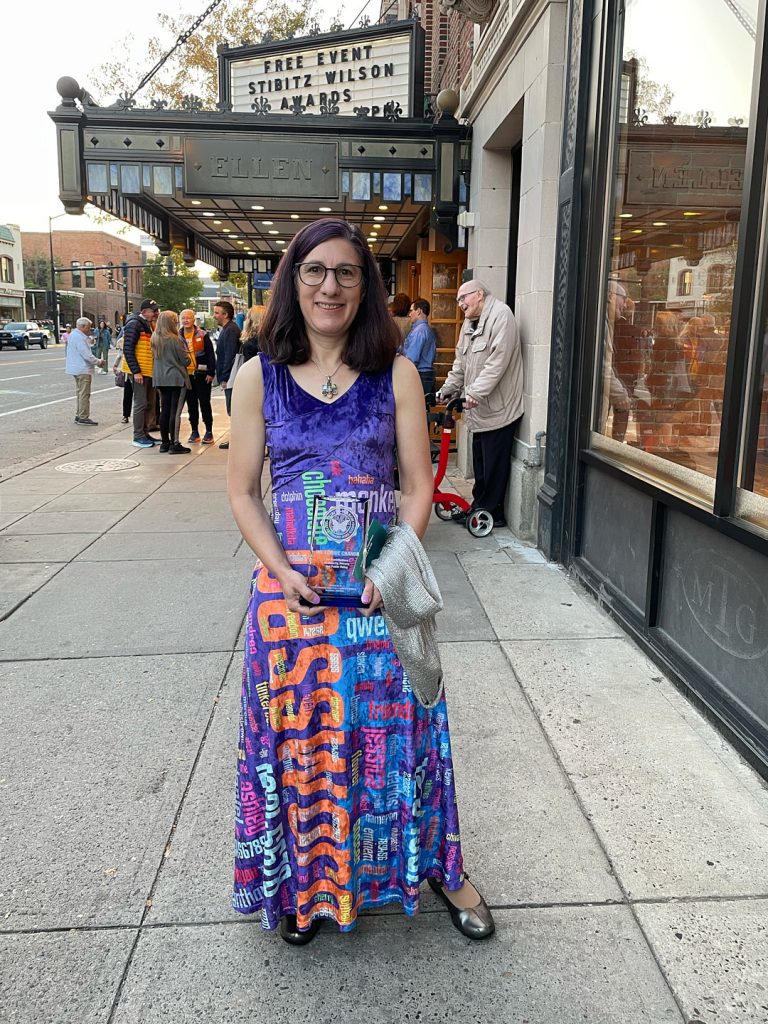
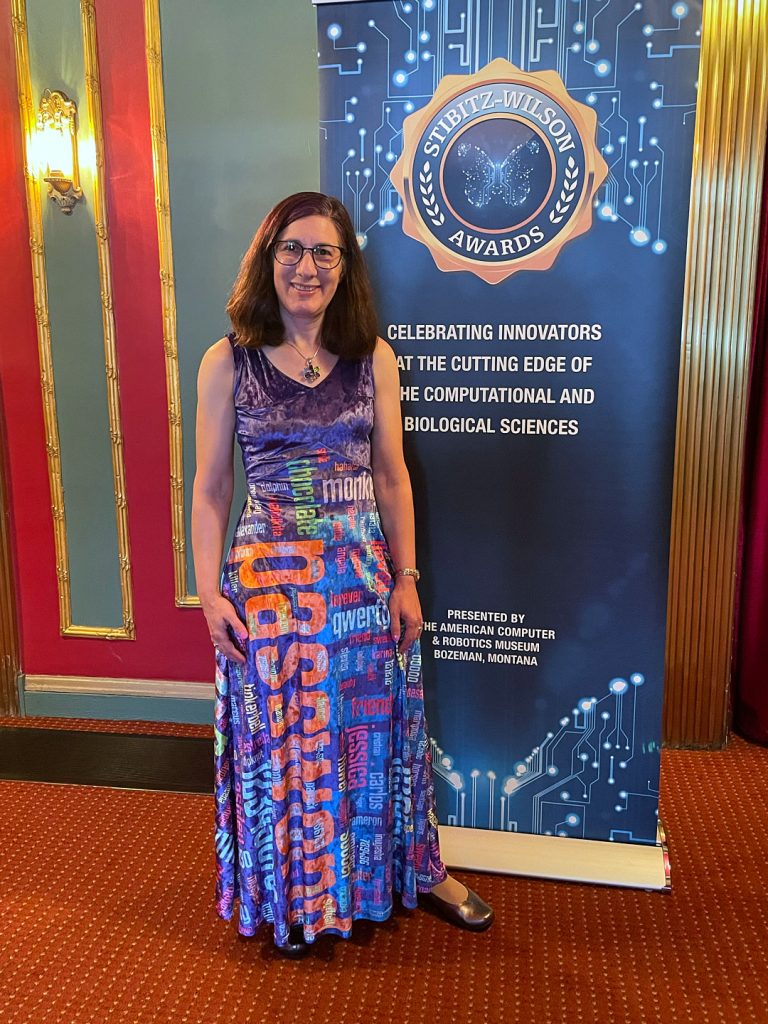
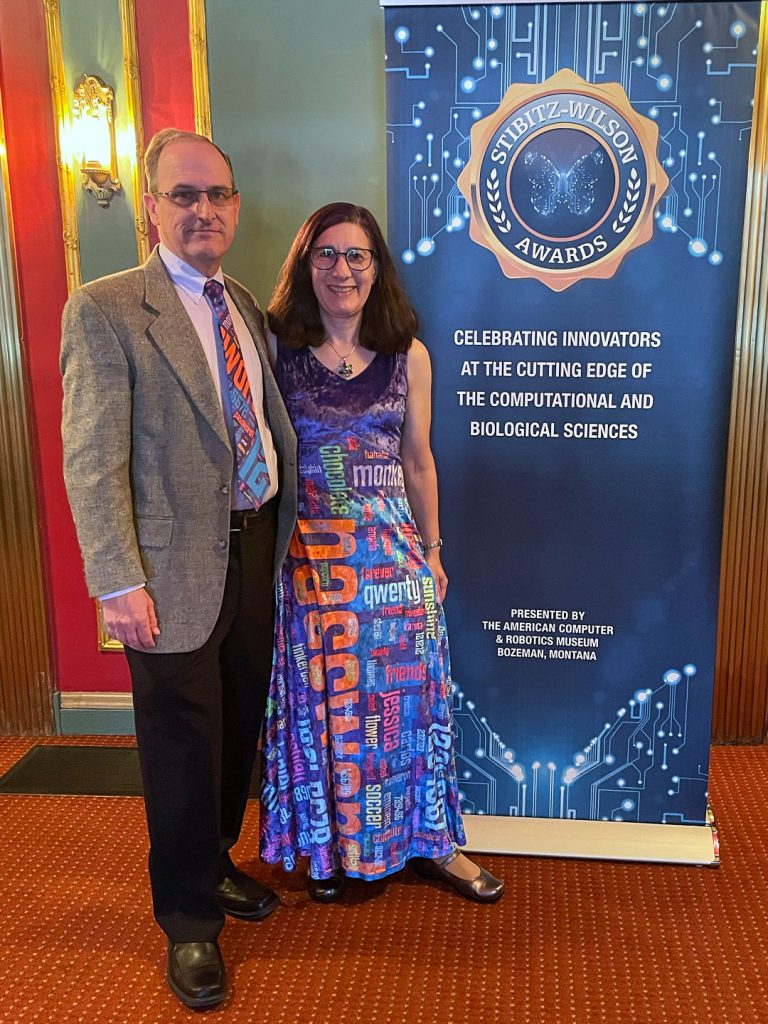
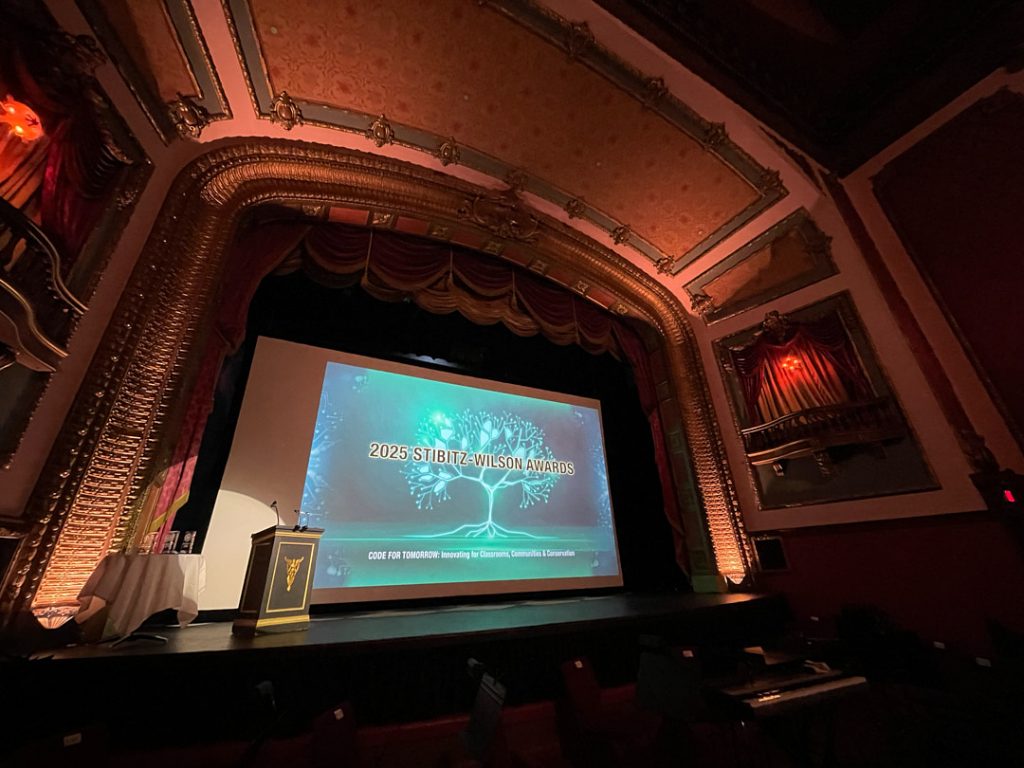
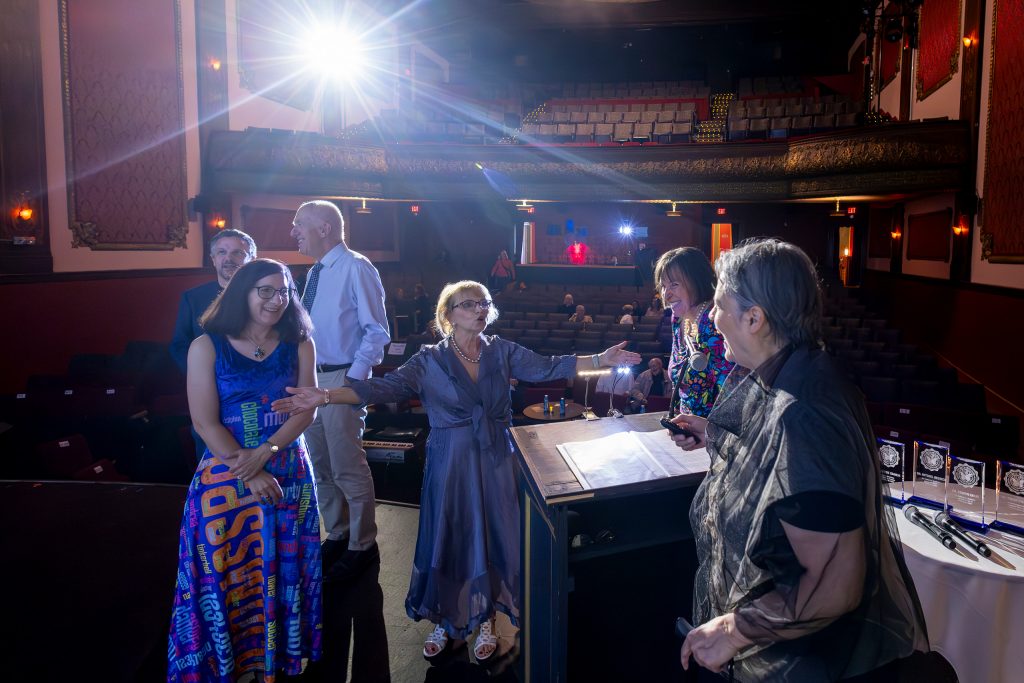





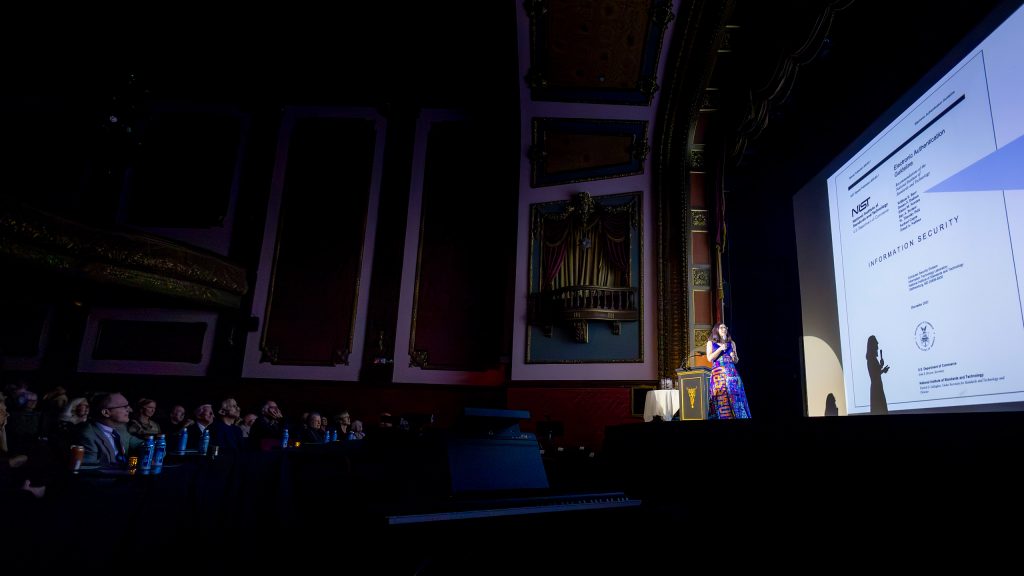

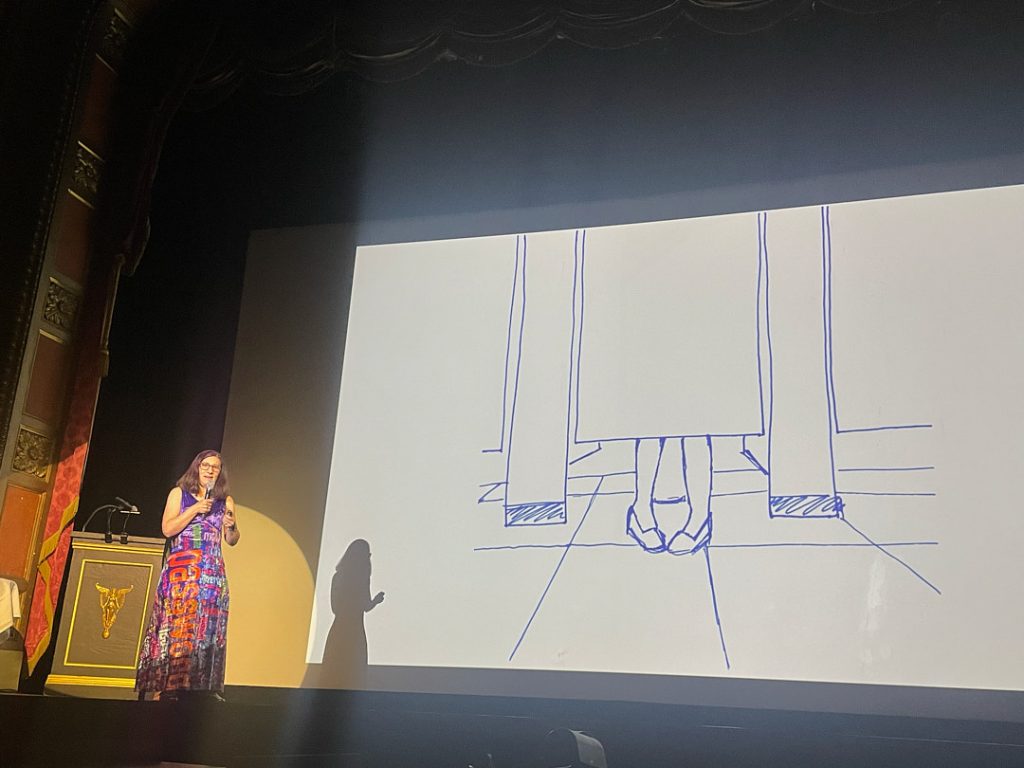
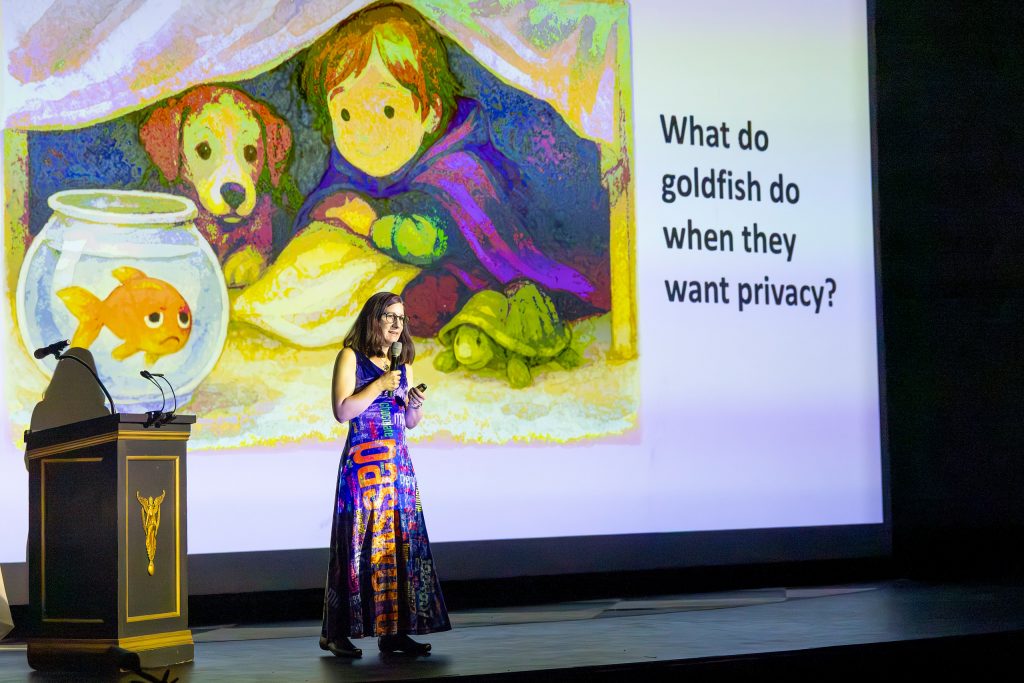
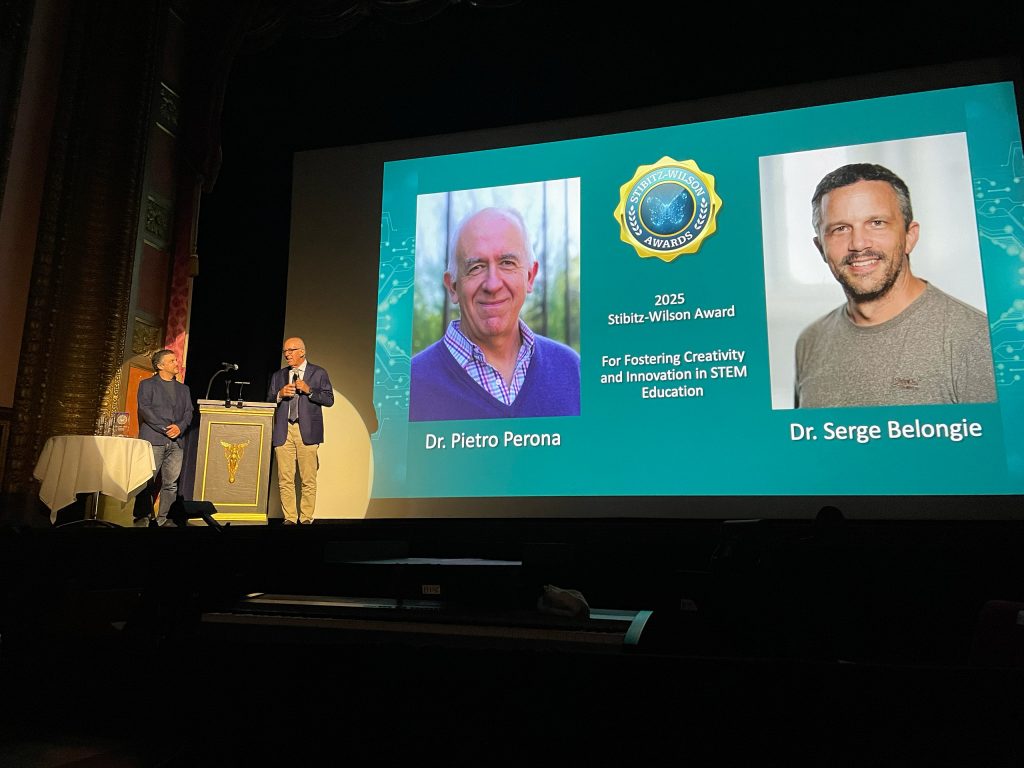
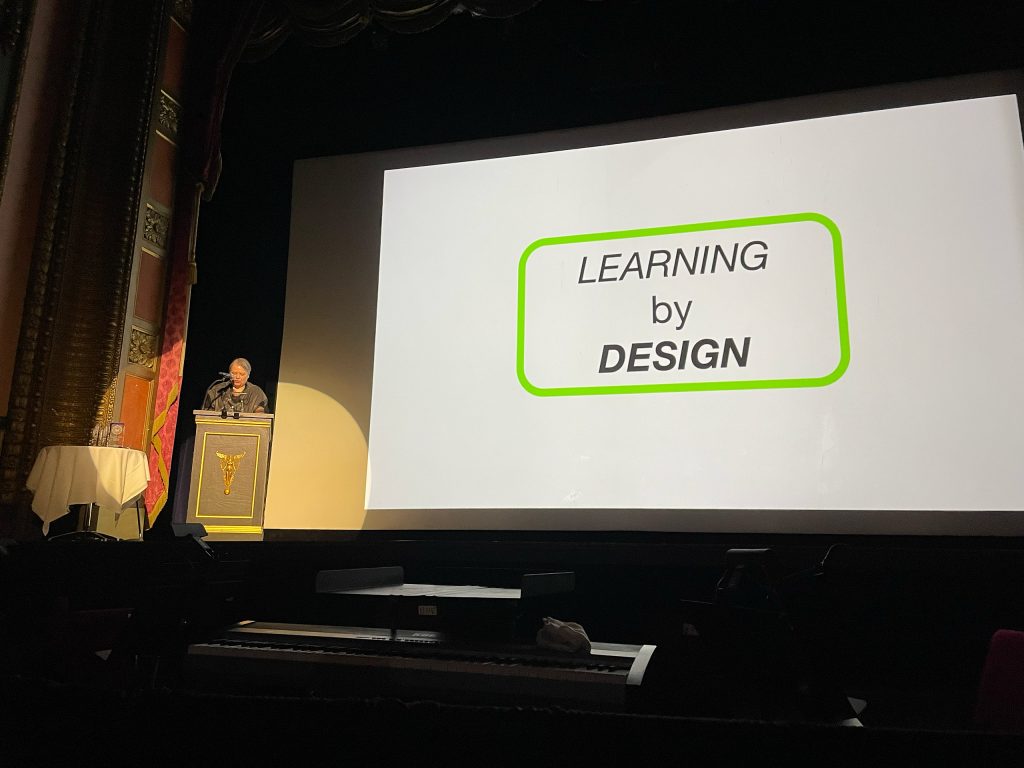
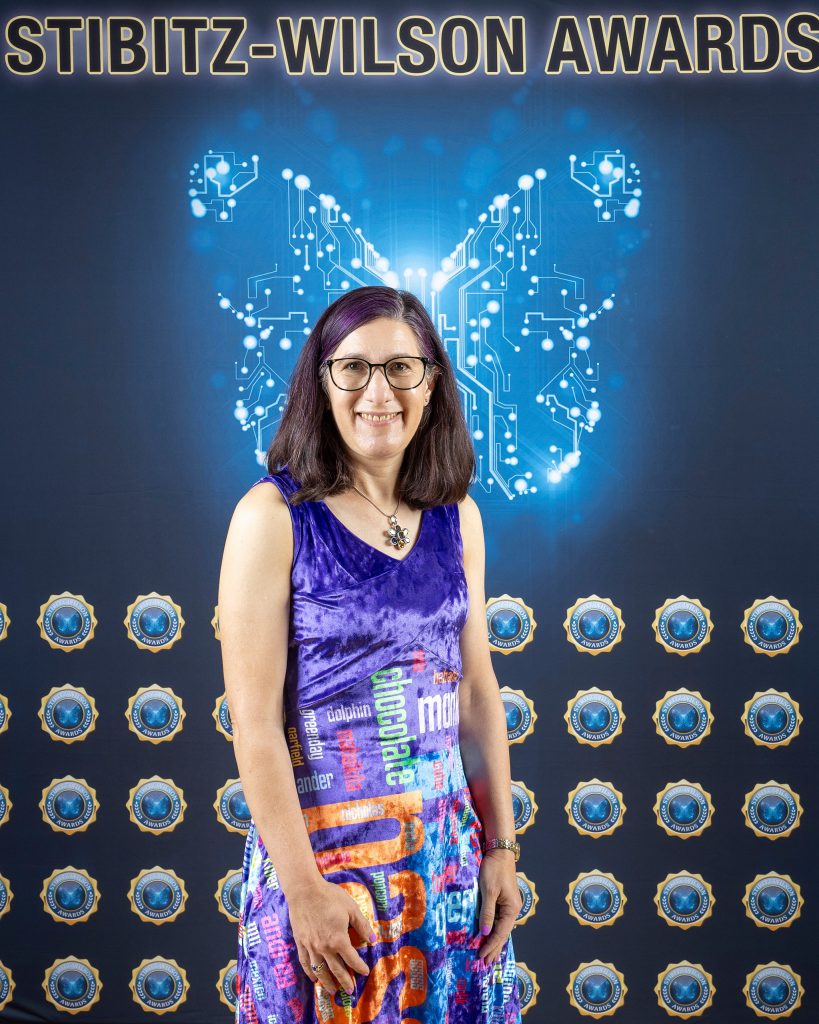
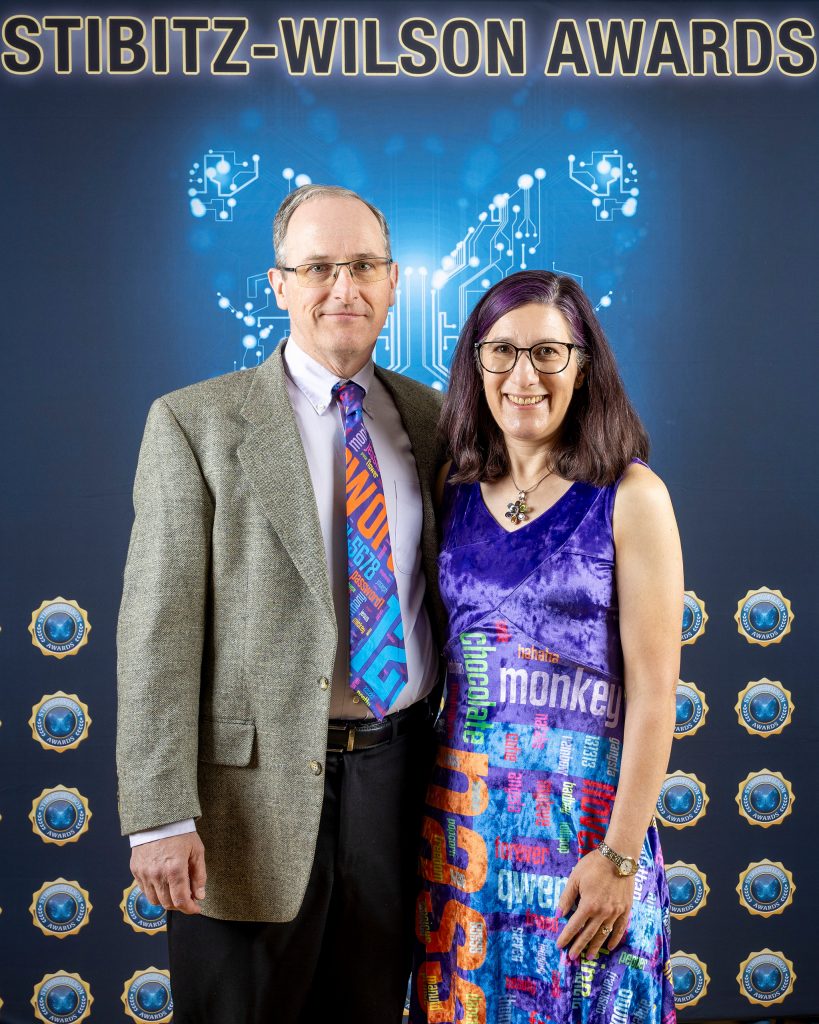
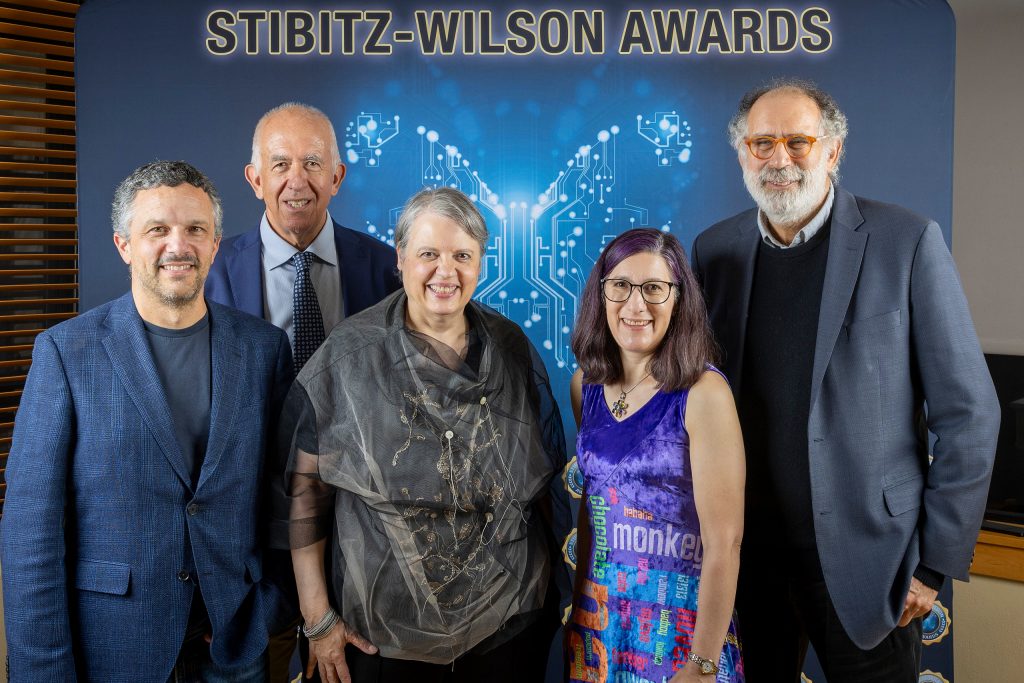
Next up…. Part 3: Yellowstone

